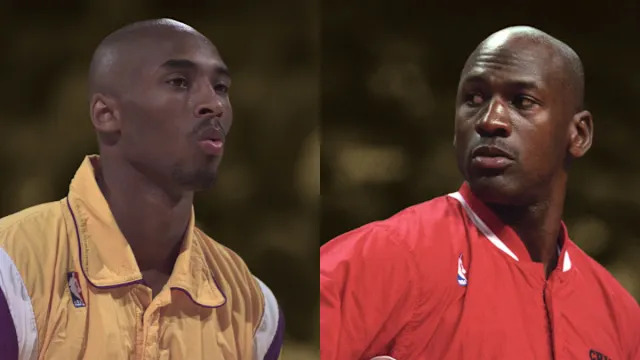It takes a rare kind of coach to handle a once-in-a-generation player. It takes a rare kind of coach to handle two once-in-a-generation players. Phil Jackson had two. And not just any two — Michael Jordan and Kobe Bryant, two men who not only defined eras but warped them around their often-mentioned pursuit of basketball brilliance. Jackson managed their talent and studied their psychology, drive and differences. And when he had the opportunity to bring them together, he did something that only he could have envisioned by having Jordan teach Bryant how to think like a champion.
The legendary head coach had the privilege of coaching both men at different points in their careers — Jordan during his prime with the Chicago Bulls in the 1990s and Bryant as he entered his peak with the early-2000s Los Angeles Lakers. Both players were fierce competitors. Both were singular talents. But as Jackson would later reflect, the similarities in their fire sometimes masked deep contrasts in how they approached the game, especially when it came to leadership and timing.
“Michael could sit back and watch other people perform and encourage them, feed them the ball, get them involved,” Jackson said. “And then step into the gap when it was needed at some other time in the ball game… That was one”That was one of things when I brought Kobe in to meet Michael” – Phil Jackson on what he had Michael Jordan teach Kobe Bryant in their first sit down together of the things when I brought Kobe in to meet Michael.”
Jackson didn’t have to teach much. Kobe was already a carbon copy of his boyhood hero in many aspects. He entered the league with the Lakers as a precocious 18-year-old with a firestorm of ambition. He modeled much of his game after the man who wore 23 in Chicago for 13 years, down to the turnaround fadeaways and fierce competitiveness. But while Jordan had evolved into a more patient tactician by the time of his second three-peat with the Bulls, Bryant was still pushing hard at every possession and every moment. Jackson wanted the younger player to see the nuances.
Jackson was nudging Bryant toward being a dominant force on the floor, just like Jordan. During the Bulls’ 1995–96 season, when they won a record-setting 72 games, Jordan averaged 30.4 points per game and also posted one of his most balanced campaigns, with 6.6 rebounds and 4.3 assists per game — metrics that reflected his mature understanding of tempo and control.
Bryant, in his first few years, would often put up bursts of 30+ point games with far fewer assists, mirroring a more soloist approach. Jackson saw this and used Jordan as a model of pacing and execution.
“They knew each other before,” Jackson said of Bryant and Jordan. “But I set up a little post-game situation when Michael wasn’t playing and Kobe came in and I wanted him to hear Michael talk about finishing a game.”
Jordan had just come off a stretch of dominance that saw him claim his sixth NBA championship in 1998, with perhaps the most iconic game-winner in Finals history. A mid-range pull-up over Bryon Russell in Utah. His reputation for taking over in the last five minutes was cemented long before, with countless playoff heroics and countless high-scoring fourth quarters in close games during the ’97 playoffs alone.
Bryant, who would go on to own his own library of clutch moments, including four game-winners in the 2009-10 season alone, soaked in the wisdom. But at that point in his career, he was still learning when to attack and when to step back. The 1999–2000 Lakers, the first team Jackson coached in Los Angeles, often saw Bryant attempt to assert himself too early in games. Jackson understood that true leadership comes from managing rhythm. Jordan had mastered that. Bryant did the same as well and it all began with moments like the one Jackson arranged — where ego stepped aside and learning stepped in.





























